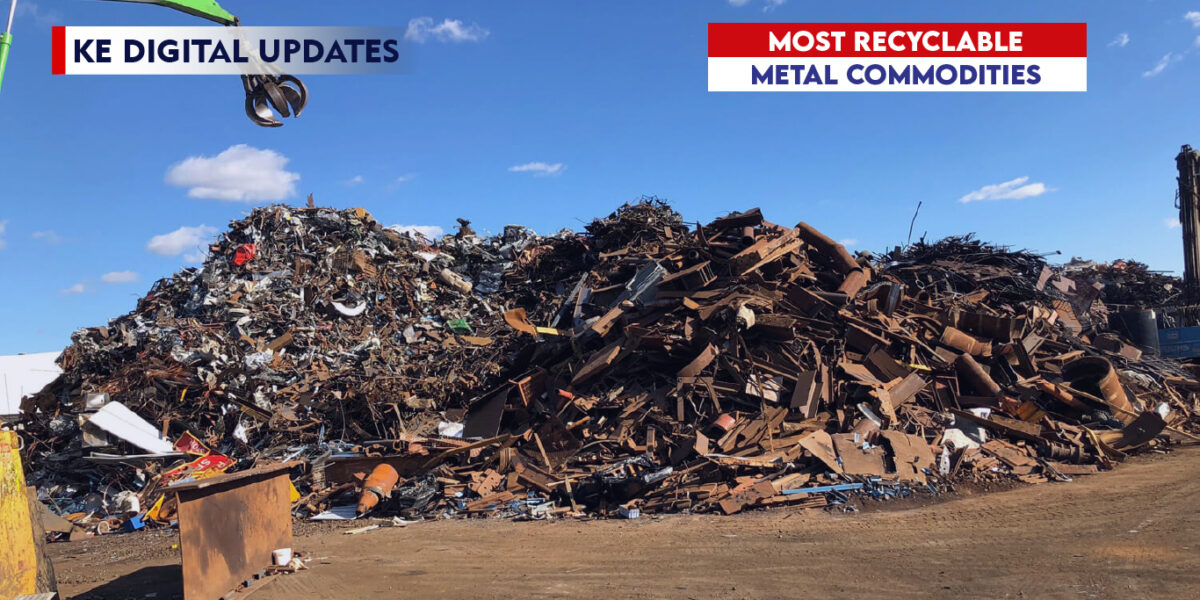Earth is suffering from many types of pollution, like air pollution, water pollution, and landfills. Scrap metals recycling is common to save money and time and to control hazardous gas emissions. Most recyclable commodities to obtain valuable metals are classified into two types ferrous and non-ferrous.
Ferrous Scrap Metals:
Ferrous metals are magnetic, i.e., iron & steel. A greyish and hard form of metal is known as iron. Recycling iron saves 74% of energy. Cast iron pots, tools, cast iron skillets, and gates are common sources of recycled iron.
Steel is one of the most recycled metals. Cabinets, shelves, washers, ovens, dryers, and refrigerators are recycled to obtain steel, saving energy 56%. Steel items have almost 25% of recycled steel.
Non-Ferrous Scrap Metals:
Non-ferrous metals are non-magnetic; most recycled metals are copper, aluminum, and brass. The copper color is reddish brown and changes to green when it rusts—a good conductor of electricity. Copper recycling saves 90% of energy; tubing, pipes, and electrical wires are the most recycled commodities.
Aluminum is a lightweight and expensive metal. Aluminum recycling saves energy to 92%; window frames, rims, beverage cans, and sidings are recycled to obtain aluminum. Cans recycling can save energy to light up a 100-watt bulb for four hours.
Brass is a heavy metal of yellowish color and has anti-bacterial properties. Door handles, keys, light fixtures, and water faucets are mostly used for recycling to obtain brass.
Bronze is a reddish-brown color metal, a blend of copper and tin. Most of the recycled bronze commodities are decorations, pipe valves, and metal instruments.


